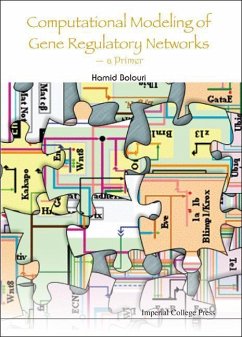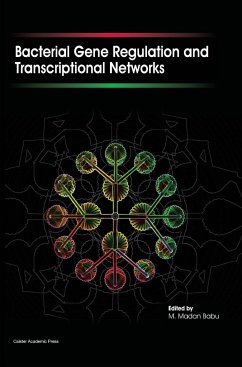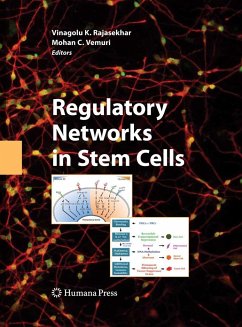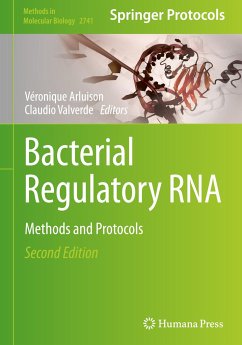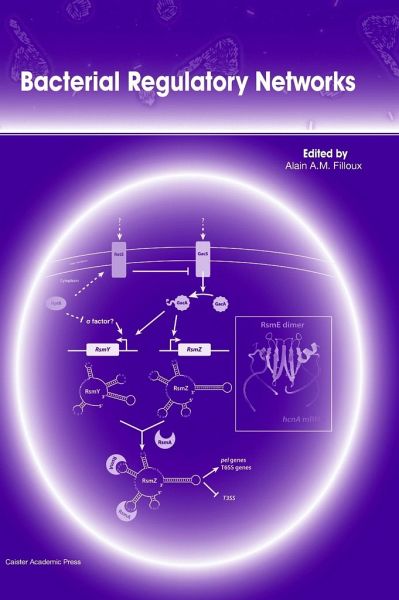
Bacterial Regulatory Networks
Versandkostenfrei!
Versandfertig in 1-2 Wochen
248,99 €
inkl. MwSt.

PAYBACK Punkte
124 °P sammeln!
Regulatory networks enable bacteria to adapt to almost every environmental niche on earth. Regulation is achieved by a network of interactions among diverse types of molecules including DNA, RNA, proteins and metabolites. The primary role of regulatory networks in bacteria is to control the response to environmental changes, such as nutritional status and environmental stress. A complex organization of networks allows the organism to coordinate and integrate multiple environmental signals. Renowned authors under the expert guidance of the editor Alain A.M. Filloux, have contributed authoritati...
Regulatory networks enable bacteria to adapt to almost every environmental niche on earth. Regulation is achieved by a network of interactions among diverse types of molecules including DNA, RNA, proteins and metabolites. The primary role of regulatory networks in bacteria is to control the response to environmental changes, such as nutritional status and environmental stress. A complex organization of networks allows the organism to coordinate and integrate multiple environmental signals. Renowned authors under the expert guidance of the editor Alain A.M. Filloux, have contributed authoritative, up-to-date reviews of the current research and theories on regulatory networks in bacteria. The volume contains critical reviews written by the leading research scientists in this topical field. The authors fully explore various regulatory networks, discuss variations of common themes and provide fresh insights into bacterial regulatory mechanisms. Topics include: the sigma network in Escherichia coli, control of bacterial virulence, ECF sigma factors, quorum sensing, cyclic di-GMP, RNA-mediated regulation, the H-NS regulator, two-component regulatory systems, bacterial chemotaxis, regulation of iron homeostasis, anaerobic regulatory networks, bacterial bistable regulatory networks, and evolution of transcription factors and regulatory networks. This book is essential reading for everyone interested in gene expression and regulation in bacteria and is a recommended text for all microbiology libraries.



